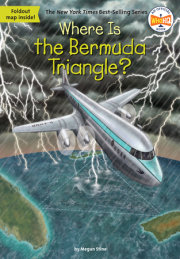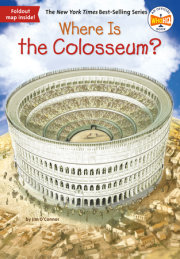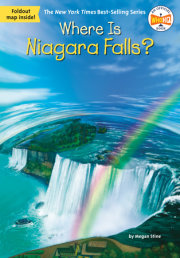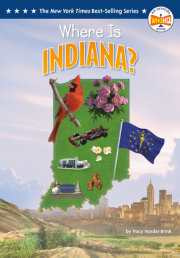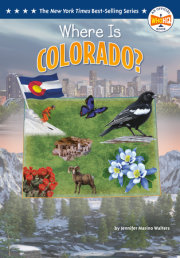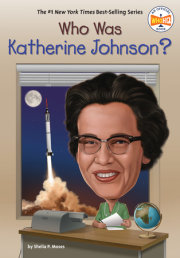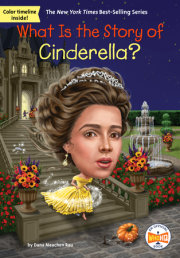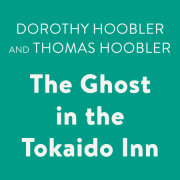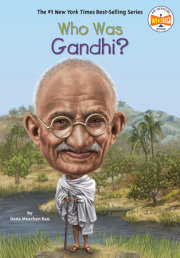Where Are the Great Pyramids?
The Great Pyramids of Egypt are the most famous buildings in the world. They stand outside Cairo, the capital and biggest city in Egypt. Almost everybody has seen a picture of them. They are also among the world’s largest buildings, the oldest buildings still standing, and the most closely studied buildings. In ancient times, they were one of the Seven Wonders of the World.
Today, all of those wonders have disappeared—except the pyramids.
The pyramids were not built for people to live in. They were tombs for the pharaohs, the rulers of Egypt. Pharaohs were the link between the Egyptian people and their gods. In fact, the pharaohs themselves were regarded as gods. Whatever the pharaohs wished people to do, it was done. Thus, when pharaohs commanded thousands of people to work for many years to build their tombs, they did it.
There are more than one hundred pyramids still standing in Egypt. But many of them are little more than heaps of rubble. The three largest are known as the Great Pyramids. The oldest of the three was built about 4,500 years ago.
The ancient Egyptians believed the pharaoh would live in another world after death. That’s why it was important to preserve his body and place it somewhere safe—like inside a pyramid.
In an elaborate process, the body was turned into a mummy. It was dried, preserved, and wrapped in linen bands before being placed in a sarcophagus, or coffin. The pharaoh’s servants put food, jewelry, furniture, and many treasures in the pyramid with him.
The pharaohs wanted to make sure their tombs were not disturbed. So the pyramid builders carefully hid the passages that led to the pharaoh’s burial chamber. They set traps for anyone who tried to break in. Even so, tomb robbers managed to get inside and steal treasures.
Over the centuries, Egypt declined. But the Great Pyramids remained. When later visitors arrived, they were astonished by what they saw. No one had seen anything like the pyramids. A Greek known as Herodotus arrived in Egypt in the fifth century BC. The pyramids were already thousands of years old then. Like so many others, he asked, “Who could have built these pyramids? How did they do it?”
Today, scientists still seeking the answers to such questions. We know more about Egypt than Herodotus did, yet unsolved mysteries remain. Today’s scientists are making new discoveries, but the pyramids still hold many secrets.
Copyright © 2015 by Dorothy Hoobler and Thomas Hoobler. All rights reserved. No part of this excerpt may be reproduced or reprinted without permission in writing from the publisher.

























